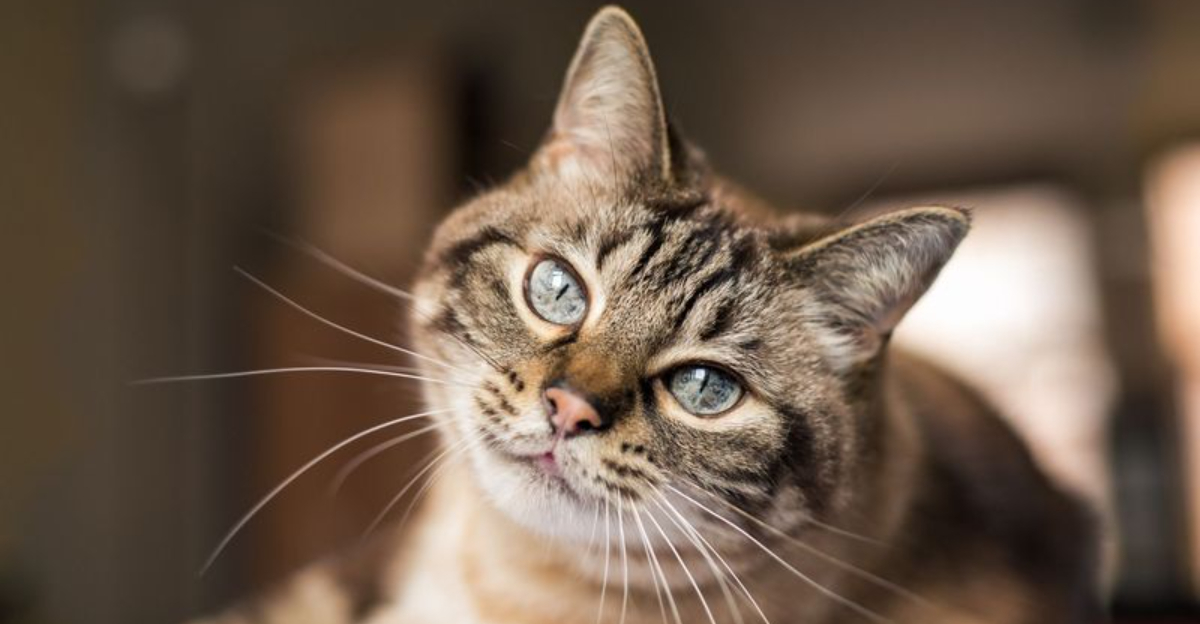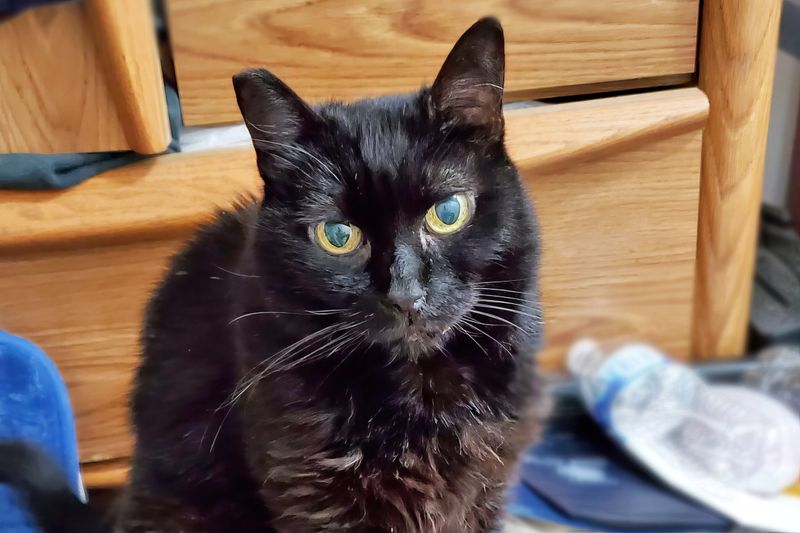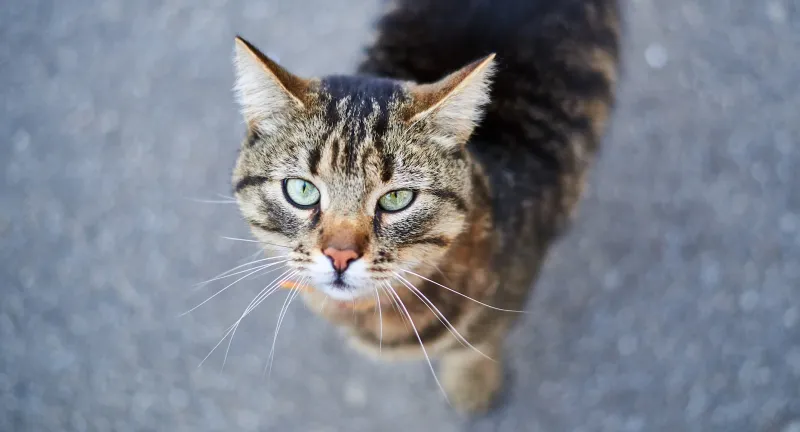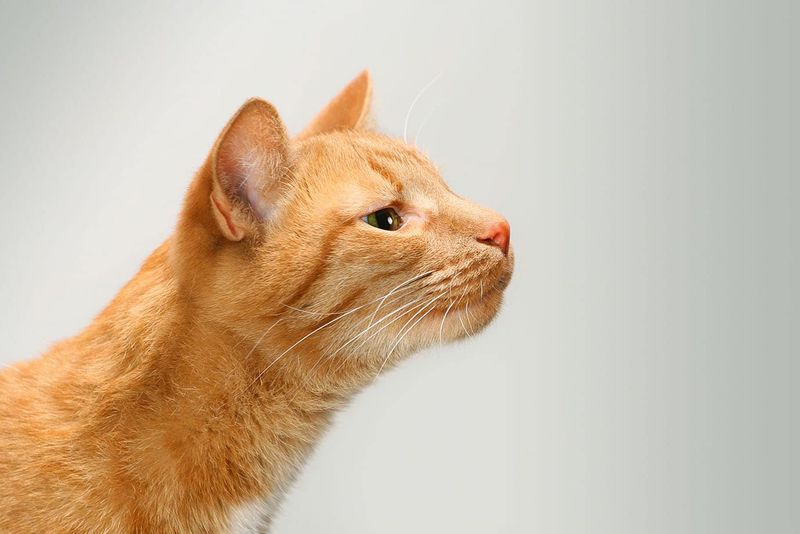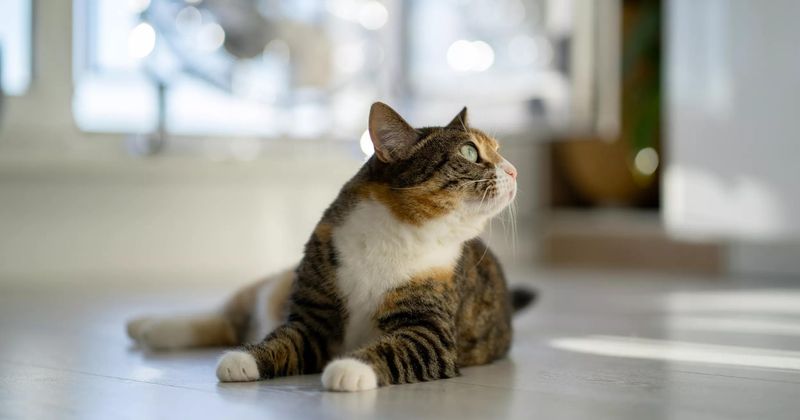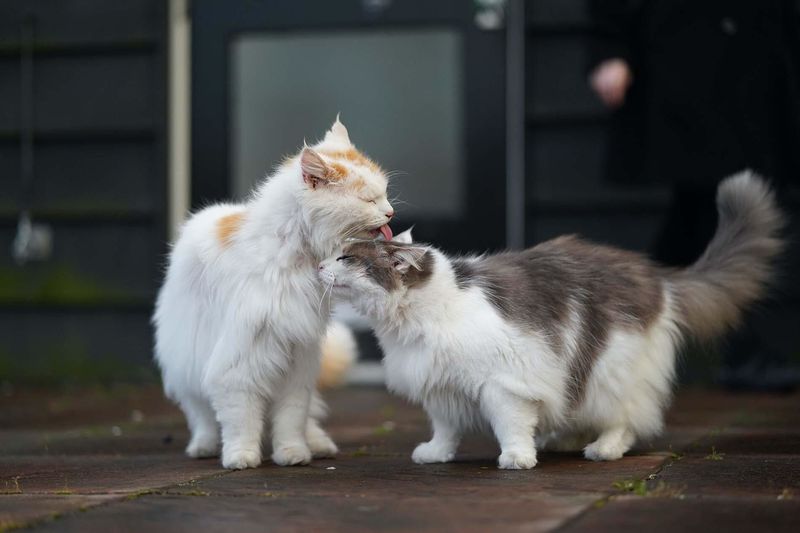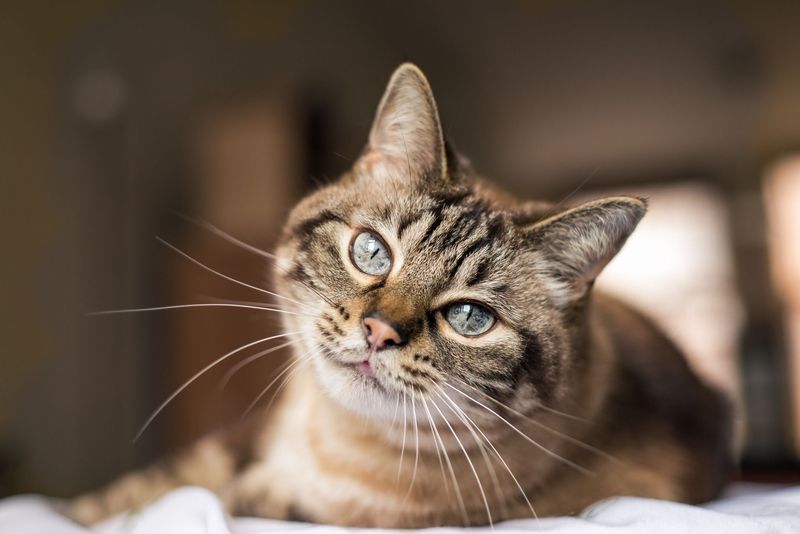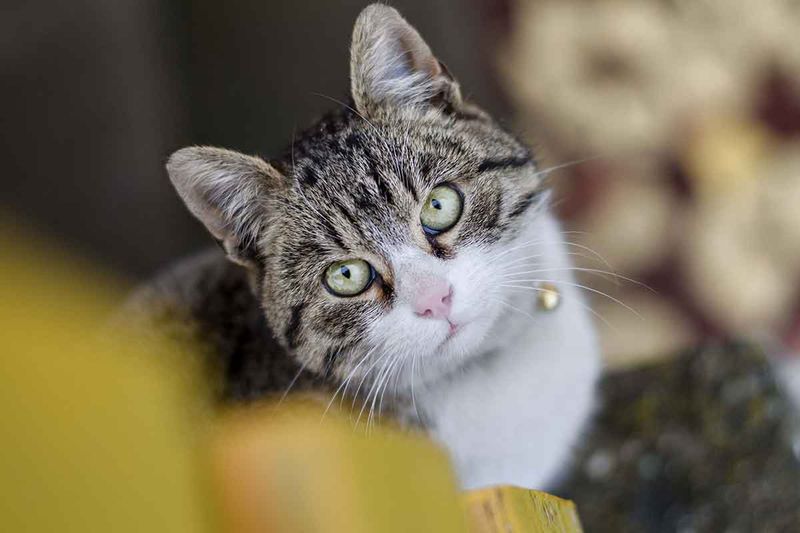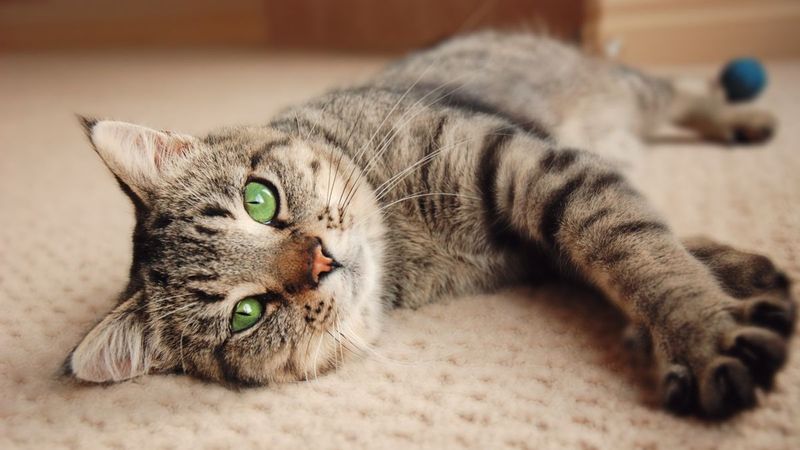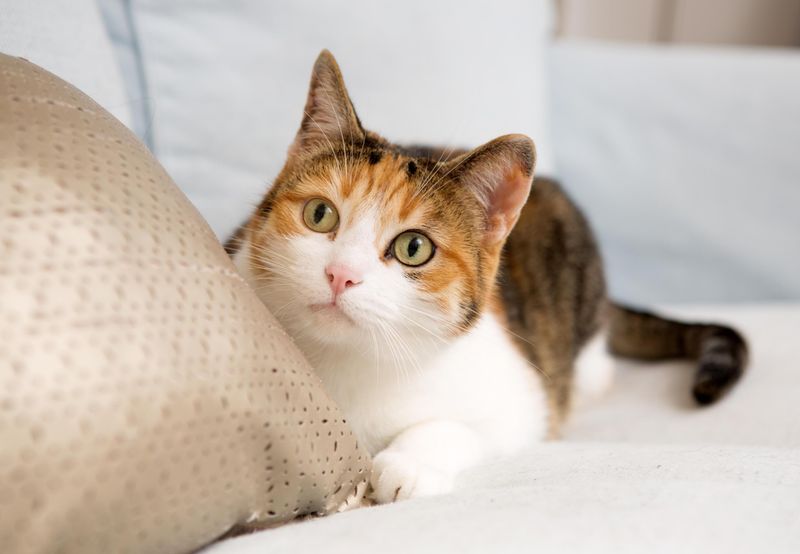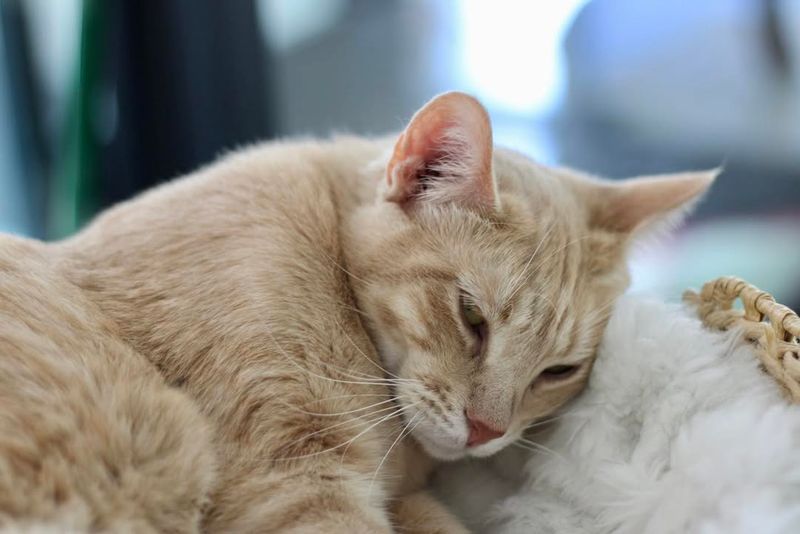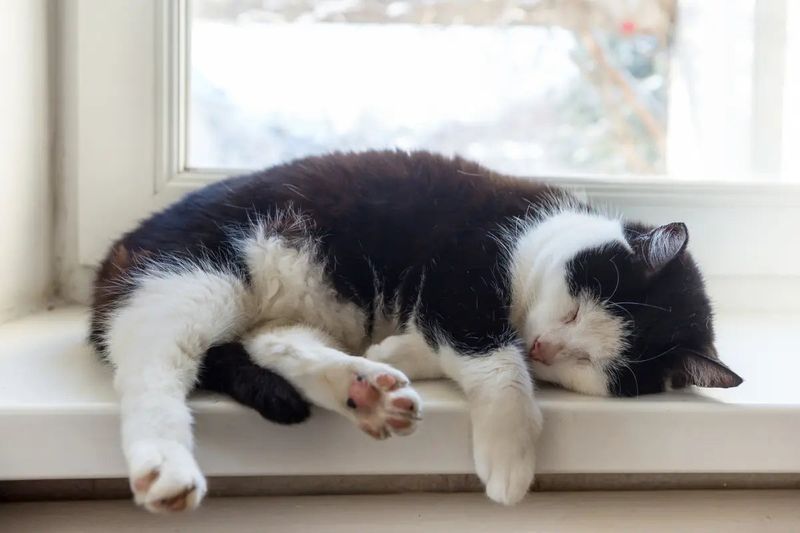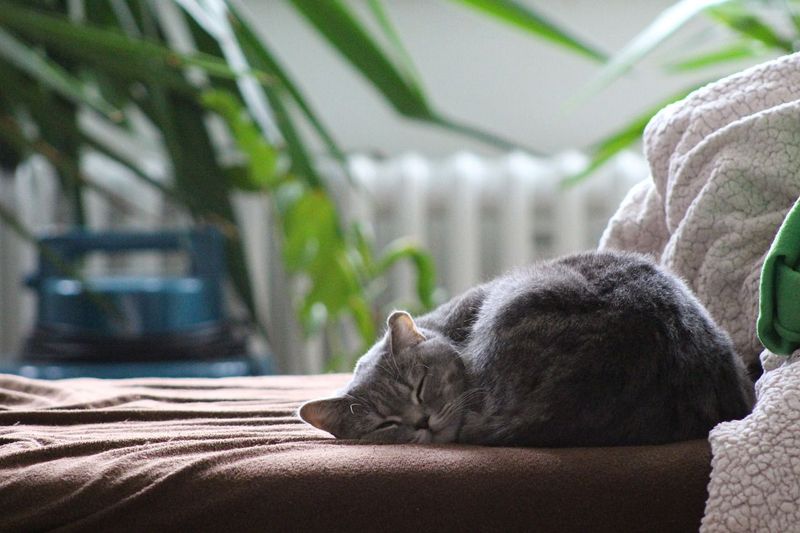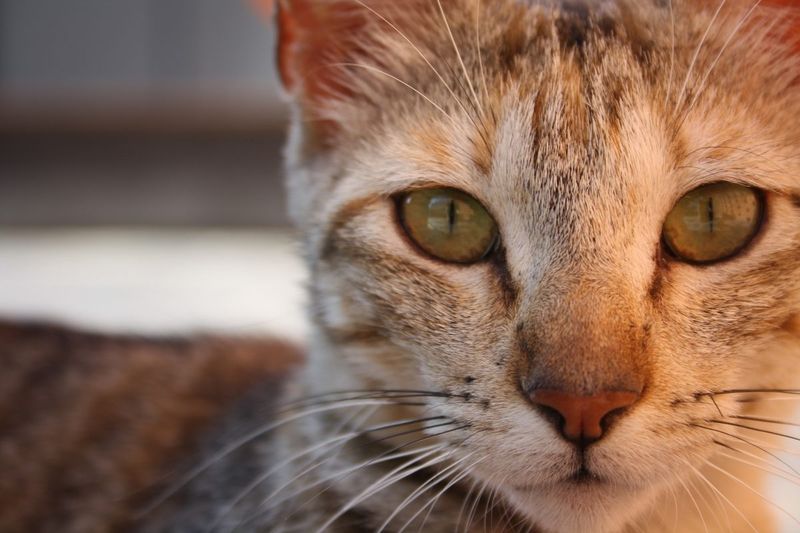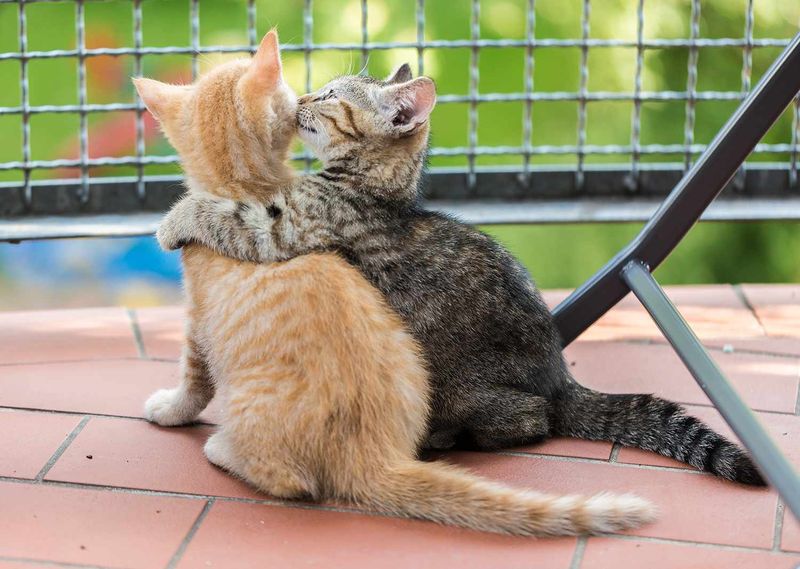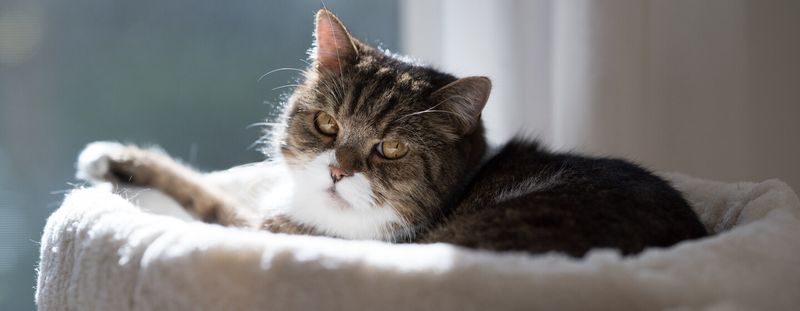📖 Table of Content:
- 1. Long-Term Memory Capabilities
- 2. Facial Recognition Skills
- 3. Olfactory Memory and Recognition
- 4. Sound Recognition and Response
- 5. Social Memory Among Cats
- 6. Environmental Memory Usage
- 7. Object Permanence Understanding
- 8. Emotional Memory and Associations
- 9. Learned Behavior Through Imitation
- 10. Stress and Memory Impacts
- 11. Routine and Memory Reinforcement
- 12. Adapting to New Situations
- 13. Training and Memory Retention
- 14. Recognizing and Remembering Names
- 15. Memory Loss and Aging
Cats are often portrayed as mysterious and independent creatures, but their memory and recognition abilities are far more intricate than many realize. Their cognitive skills allow them to retain and recall information in ways that help them navigate their environments and interact with humans and other animals. Understanding how cats process memories can provide a deeper appreciation for their intelligence and behavior.
Despite their reputation for being aloof, cats are highly attuned to the people and places that matter most to them. Their ability to recognize familiar faces and recall past experiences is a testament to their advanced cognitive abilities. With a memory system that can be triggered by scent, sight, or sound, cats have an exceptional capacity to remember what matters to them.
From recognizing their owners to remembering specific events, cats’ memories play a crucial role in their daily lives. These intelligent animals use their memory to create routines, form bonds, and even anticipate future events. Exploring how cats process and recall information offers an exciting glimpse into their mysterious minds.
1. Long-Term Memory Capabilities
Cats are known to have impressive long-term memory capabilities. Studies suggest they can remember certain events and experiences for years. This ability allows them to recognize their owners even after long periods apart. Cats use associative memory, linking specific cues with past experiences. For example, the sound of a can opener might remind them of a tasty meal.
These memories help them navigate their environment safely and efficiently. In multi-cat households, they often remember the social hierarchy and group dynamics. Understanding your cat’s memory can strengthen your bond by acknowledging their unique experiences.
2. Facial Recognition Skills
Facial recognition is a key skill for cats, helping them distinguish between various human faces and the interactions tied to them. While scent and sound are their primary sources of information, facial features are still significant in their social behavior. Cats recognize their owners’ faces and react accordingly, whether with love or caution, depending on past experiences.
Interestingly, they may also recognize the faces of other animals in the household. Providing consistent and positive interactions can enhance their facial recognition capabilities. Observing your cat’s response to different faces can reveal how they perceive their social environment.
3. Olfactory Memory and Recognition
With their advanced sense of smell, cats rely heavily on olfactory memory to recognize and recall familiar scents. This ability allows them to remember individuals, environments, and objects over time. Cats also use scent marking as a way to communicate with other felines and establish territorial boundaries.
Recognizing familiar scents provides them with comfort and a sense of security. Introducing new scents gradually can ease a cat’s adjustment to changes in their environment. Understanding their scent-based memory can improve how we interact with them.
4. Sound Recognition and Response
With their highly developed sense of hearing, cats have excellent auditory memory, allowing them to recognize familiar sounds. The jingling of keys or the sound of a treat bag often prompts them to react, triggered by their past experiences. Cats typically respond more warmly to their owner’s voice than to unfamiliar voices.
They may come when called or exhibit curiosity when they hear familiar sounds. This recognition extends to other animals’ vocalizations as well. Engaging your cat with varied and positive auditory experiences can enrich their environment and strengthen your connection.
5. Social Memory Among Cats
Within groups, cats exhibit strong social memory, remembering the roles and relationships of other cats they live with. This recognition helps them differentiate between friends and rivals, guiding their interactions. Grooming, play, and territorial behaviors are all influenced by their social memory, with many cats forming close bonds with specific companions.
Understanding these social dynamics can aid in managing multi-cat households, ensuring harmonious living. Providing opportunities for positive social interactions can enhance these memories, promoting a peaceful coexistence. Recognizing their social memory helps in addressing behavioral issues and improving their quality of life.
6. Environmental Memory Usage
Thanks to their keen environmental memory, cats can effortlessly navigate their territory. They remember important spots like their favorite resting areas and hiding places, ensuring they always feel at home. This spatial awareness allows them to move confidently through their surroundings, even in the dark.
Changes in their environment, such as rearranged furniture or new additions, may initially confuse them but they adapt over time. Providing a stable and enriched environment can support your cat’s well-being. Observing how they interact with their space offers insights into their cognitive processes.
7. Object Permanence Understanding
Cats have a grasp of object permanence, realizing that objects still exist even when out of sight. This cognitive ability is evident when they search for toys hidden under blankets or behind furniture. Object permanence is crucial for hunting and play behavior, enabling them to predict where prey might reappear.
It also helps them understand that people or animals they can’t see are still present nearby. Engaging them in games that challenge this understanding can be mentally stimulating. Encouraging these activities fosters their natural curiosity and sharpens their problem-solving skills.
8. Emotional Memory and Associations
With their remarkable ability to form emotional memories, cats can associate feelings with specific people, places, and events. Positive moments, like gentle petting or tasty treats, leave them with fond memories that shape future interactions. On the flip side, negative experiences may trigger avoidance or cautious behavior, influencing their responses.
Cats often remember kindness and care, responding with affection and trust. Understanding their emotional associations can improve your relationship and help address behavioral concerns. Providing consistent positive experiences strengthens their emotional memory and enhances their overall happiness.
9. Learned Behavior Through Imitation
Through imitation, cats can replicate their owners’ behaviors, demonstrating their ability to learn by watching. Though less common than in dogs, cats can pick up on tasks like opening doors or mimicking simple actions. This ability highlights their cognitive flexibility and problem-solving capabilities.
Encouraging this learning can be a fun way to engage with your cat, providing mental stimulation. Teaching through imitation requires patience and observation, allowing them to explore and attempt new behaviors. Recognizing and rewarding these attempts fosters an enriching learning environment for your feline friend.
10. Stress and Memory Impacts
Stress can significantly impact a cat’s memory and recognition abilities. High stress levels may lead to confusion or forgetfulness, affecting their daily interactions. Cats under stress might struggle to remember familiar people or routines, leading to behavioral changes. It’s essential to identify and mitigate stressors in their environment to support their cognitive functioning.
Providing a calm and stable environment, with plenty of hiding places and quiet areas, can alleviate stress. Monitoring and addressing stress-related behaviors promptly ensures their mental health and enhances their memory capabilities.
11. Routine and Memory Reinforcement
A well-established routine is vital for enhancing a cat’s memory and recognition abilities. Cats feel more secure when their day-to-day activities are consistent, helping them remember important tasks. Regular events, like mealtime and play, provide reassurance and reinforce their mental connections.
Cats quickly learn to anticipate these activities, demonstrating their ability to remember and predict daily events. Sticking to a consistent routine can improve their confidence and reduce anxiety. Alterations to their routine should be introduced gradually to prevent confusion. Understanding the importance of routine can enhance your cat’s well-being and foster a harmonious living environment.
12. Adapting to New Situations
Through memory and recognition, cats can adapt to unfamiliar situations. While changes can initially cause stress, they quickly learn to navigate new environments, people, and routines. This ability is vital for their survival, helping them build confidence in new experiences.
Familiar objects or scents can aid in smoothing transition periods. Understanding their adaptability helps in supporting them through changes, ensuring they feel secure and comfortable. Observing their behavior during adjustments offers valuable insights into their cognitive abilities.
13. Training and Memory Retention
Cats can be trained to remember specific commands or actions, demonstrating their memory retention abilities. Clicker training and positive reinforcement techniques are effective in teaching cats new behaviors. They remember commands like “sit” or “come” when associated with rewards. Consistent training helps reinforce these memories, leading to reliable responses.
Training sessions should be brief and engaging, maintaining their interest and motivation. Understanding their learning process and providing patient guidance enhances their memory retention. Training not only strengthens your bond but also enriches their mental stimulation, promoting a happy and engaged pet.
14. Recognizing and Remembering Names
Believe it or not, cats can recall and react to their names. The sound of their name, especially when tied to rewarding moments like treats or love, sparks recognition. Their auditory memory makes this possible.
Repeating their name consistently during interactions can strengthen this recognition. Cats may also learn the names of other pets or family members, responding to them in different contexts. Understanding their name recognition helps in communication and training efforts. Observing their reactions to their name provides insight into their memory and language processing skills.
15. Memory Loss and Aging
As cats age, they may experience memory loss similar to humans. Cognitive decline can affect their ability to remember routines, recognize familiar faces, or respond to cues. Aging-related memory changes might lead to disorientation or altered behavior. Providing mental stimulation through toys and activities can help slow cognitive decline.
Ensuring a safe and familiar environment minimizes stress and confusion for aging cats. Regular veterinary check-ups can detect early signs of cognitive issues, allowing for timely intervention. Understanding the impact of aging on memory helps in caring for senior cats, ensuring their comfort and quality of life.
